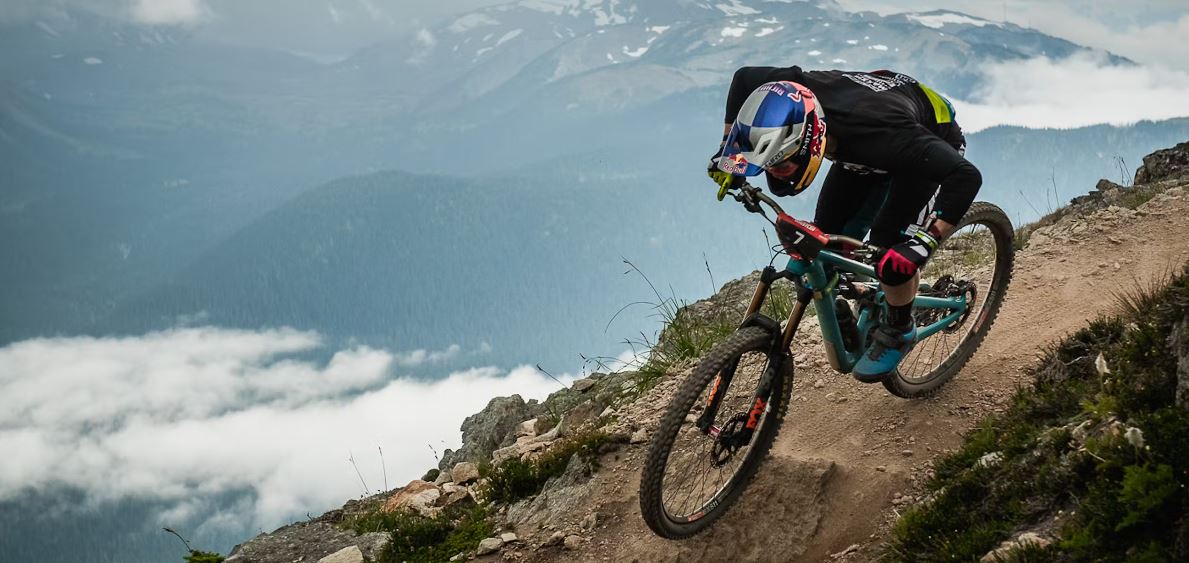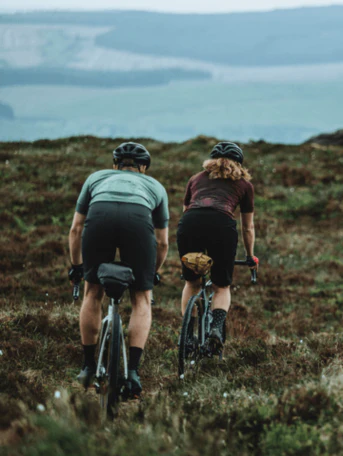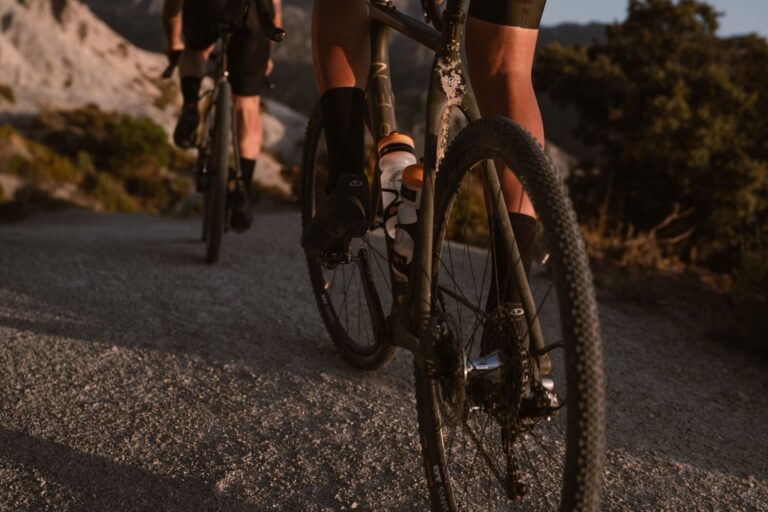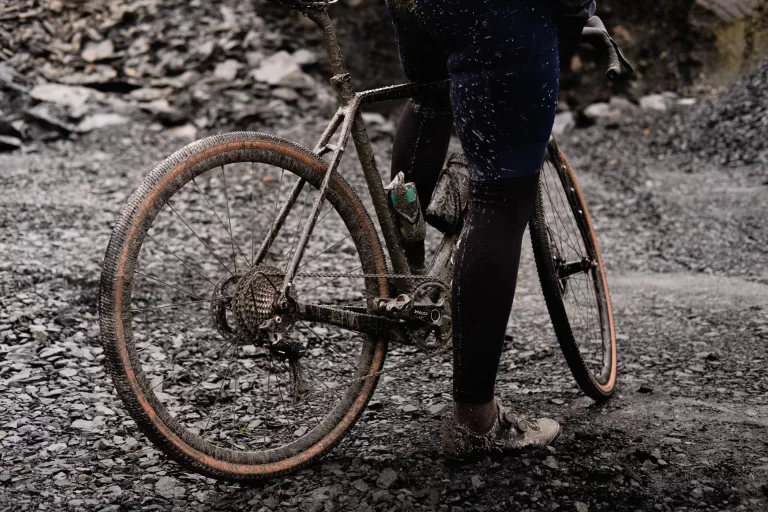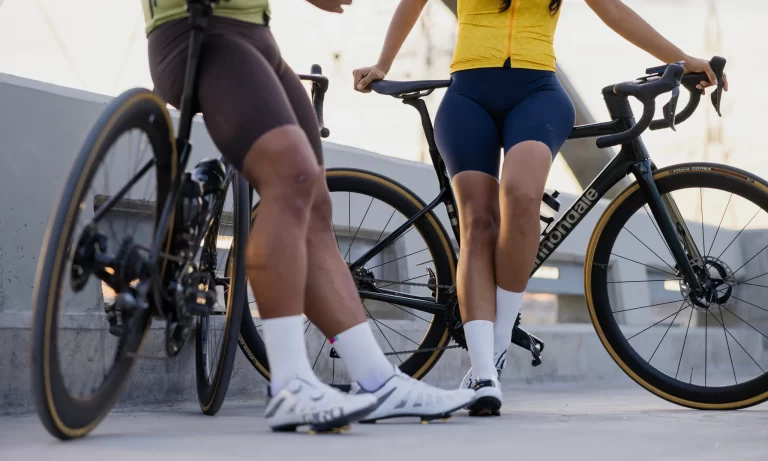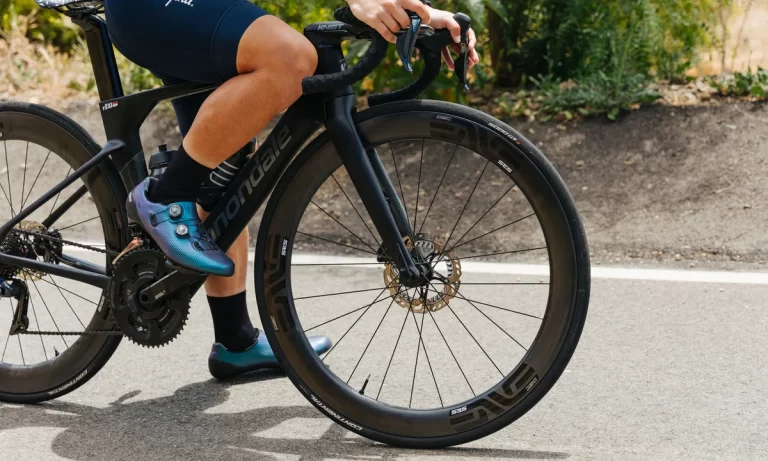Choosing The Right Path: Tube vs Tubeless in Enduro Bike Tires
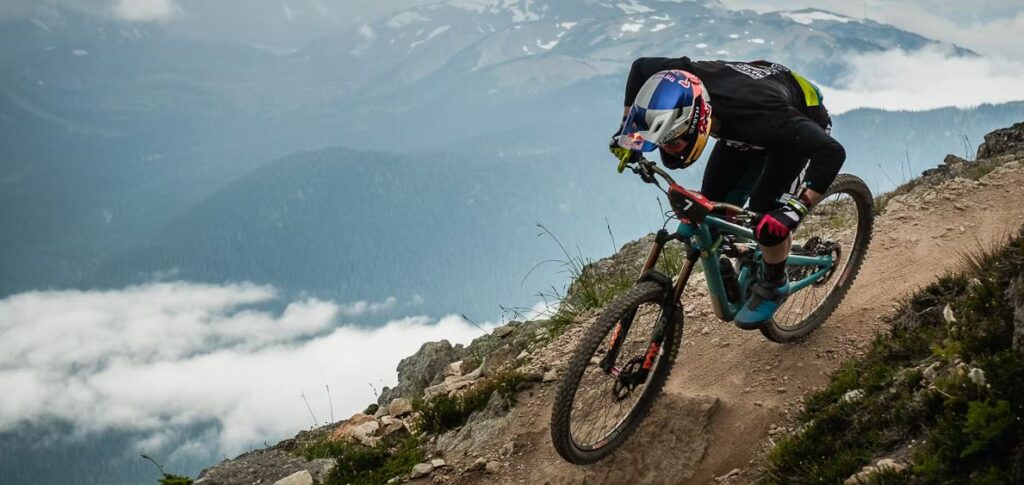
Key Point Summary of Tube vs Tubeless in Enduro Bike Tires:
- Tube Tires: Traditional setup using an inner tube. Known for simplicity, ease of installation, and cost-effectiveness.
- Tubeless Tires: Remove the need for an inner tube, creating a seal with the rim for improved performance benefits.
- Performance Gains with Tubeless: Includes reduced weight, enhanced puncture resistance, and the ability to run lower tire pressures for better grip and comfort.
- Transition Considerations: Moving to tubeless can involve initial setup challenges but results in significant performance and maintenance advantages.
In my years as a cyclist, traversing the rugged terrains of mountain biking trails, the compacted paths of gravel routes, and the demanding circuits of cyclocross races, I’ve experienced firsthand the evolution of tire technology. The debate between tube and tubeless tires, especially within the enduro biking scene, is one that I’ve navigated through both personal trial and error and through countless discussions with fellow riders. Here, I aim to demystify the tube vs. tubeless question for enduro bike tires, drawing on my experiences to guide beginners and mid-level cyclists.
Understanding Tube Tires in Enduro
The traditional tube tire setup has been a staple for many cyclists. It involves an inner tube enclosed by the tire, which is then mounted on the rim. This system’s simplicity and the ease of changing tubes in the event of a puncture have long been its main attractions. I recall the early days of my mountain biking adventures, carrying spare tubes and a pump, ready to tackle any puncture that came my way. While tube tires are generally easier and cheaper to set up, they come with their limitations, particularly in terms of weight and susceptibility to pinch flats—a frequent concern on the rough and tumble enduro trails.
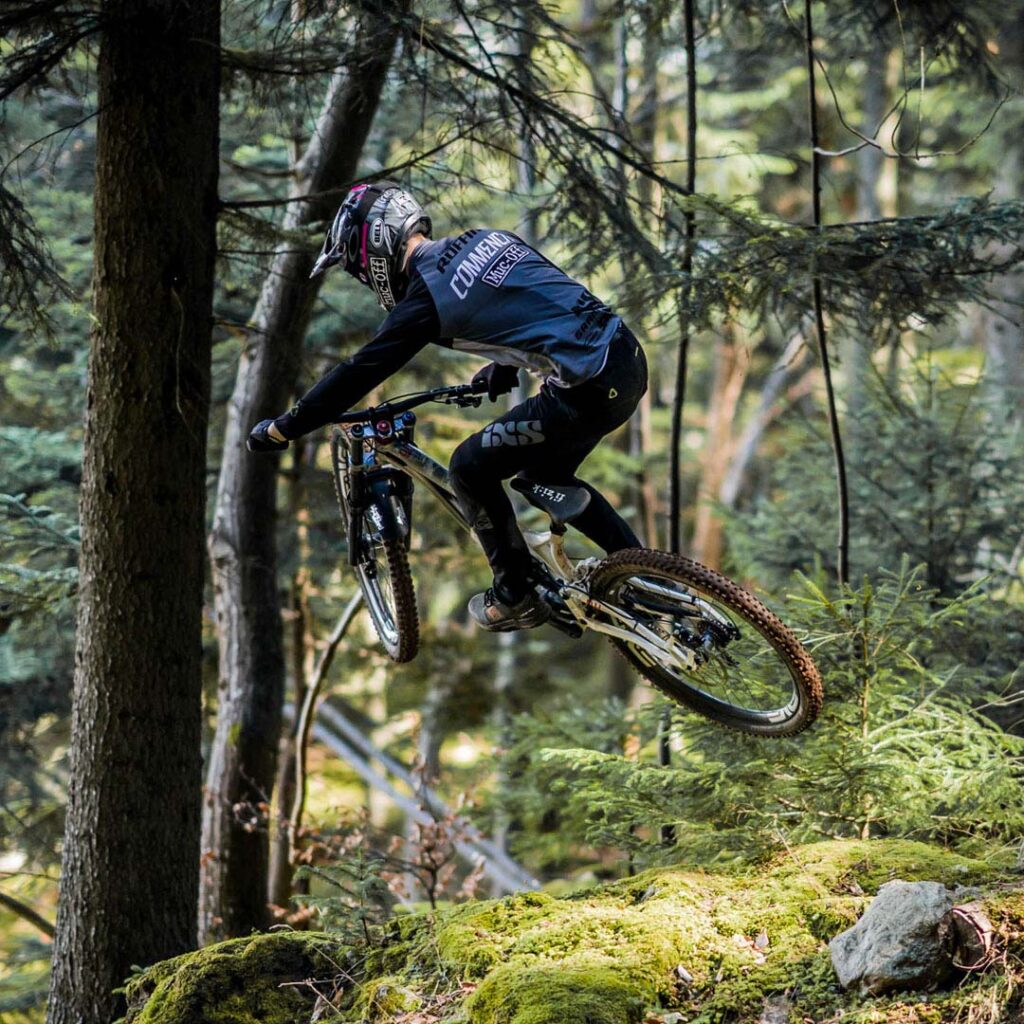
The Rise of Tubeless for Enduro Riding
Transitioning to tubeless tires was a game-changer in my cycling journey, particularly for enduro riding. This setup eliminates the inner tube, with the tire directly sealing against the rim, often with the help of a liquid sealant that fills in punctures almost instantaneously. The advantages were clear from my first tubeless ride: a noticeable reduction in tire weight, improved traction from being able to run lower pressures without the risk of pinch flats, and a smoother ride overall. The ability to plow through sharp rocks and thorny underbrush without the constant fear of flats let me push my riding further, exploring more aggressive lines and challenging trails.
Performance Differences
The performance gains with tubeless tires in an enduro context cannot be overstated. Reduced rolling resistance and weight make for more efficient climbs and quicker accelerations, while the enhanced grip and stability from lower tire pressures transform technical descents and challenging terrains. One of my memorable moments was during a particularly rough enduro race where, thanks to my tubeless setup, I was able to maintain control and speed through a section that saw many riders with tube tires suffering from flats and losing precious time.
Considering the Transition
The transition to tubeless is not without its initial hurdles. The setup requires specific tubeless-ready tires and rims, a good-quality sealant, and sometimes a bit of patience to get the seal just right. However, the performance and maintenance advantages far outweigh these initial setup challenges. I’ve spent far fewer hours on the trailside fixing flats and more time enjoying my rides since making the switch.
Tube vs Tubeless in Enduro Bike Tires – A Triumph in Enduro Riding
In the demanding discipline of enduro mountain biking, where riders face a smorgasbord of terrains from steep descents to technical singletracks, the choice of tire setup can significantly impact performance and enjoyment. Let’s get in-depth with the transition from traditional tubed tires to a tubeless setup using the WTB Verdict, a tire known for its aggressive tread and superior grip, to highlight the tangible benefits enduro cyclists can expect from making such a switch.
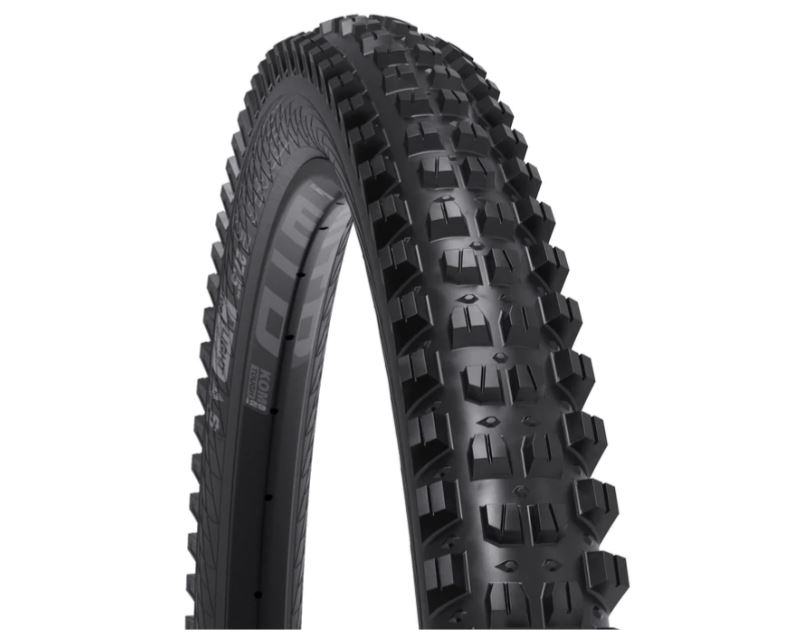
The Challenge with Tubed Tires
Cyclists often choose the WTB Verdict for its promise of exceptional grip and puncture resistance on diverse terrains. However, even the most durable tires, when paired with inner tubes, are prone to the common nuisances of pinch flats and punctures, especially under the low-pressure requirements of enduro riding. These interruptions not only detract from the riding experience but can also be decisive in competitive scenarios.
Transitioning to Tubeless
The move to a tubeless setup, while initially daunting due to the need for specific rims, sealant, and a bit of elbow grease during installation, promises a host of advantages tailored to the enduro rider’s needs. The process involves sealing the rim bed, fitting tubeless valves, and introducing sealant into the tire to ensure an airtight system that’s ready to tackle the trail.
- Puncture Resistance: The foremost advantage is the dramatic reduction in punctures. Tubeless sealant is designed to quickly fill and seal holes that would typically spell the end for a tubed tire, significantly reducing downtime and maintenance needs on the trail.
- Optimized Traction: Tubeless setups allow for running lower tire pressures without the risk of pinch flats, enhancing the tire’s ability to conform to the terrain. This increases the contact patch with the ground, providing better traction and control, crucial for navigating enduro trails’ technical and slippery sections.
- Weight Reduction: Eliminating the inner tube shaves off weight, a welcome advantage in a sport where every gram can affect handling and acceleration. This can lead to a more nimble and responsive ride, enabling riders to tackle climbs and descents with greater ease.
- Improved Ride Quality: Lower pressures achievable with tubeless tires offer a more compliant ride over rough terrain. This can lead to less rider fatigue, allowing for longer rides at higher speeds with more comfort, an essential factor in endurance-based events like enduro racing.
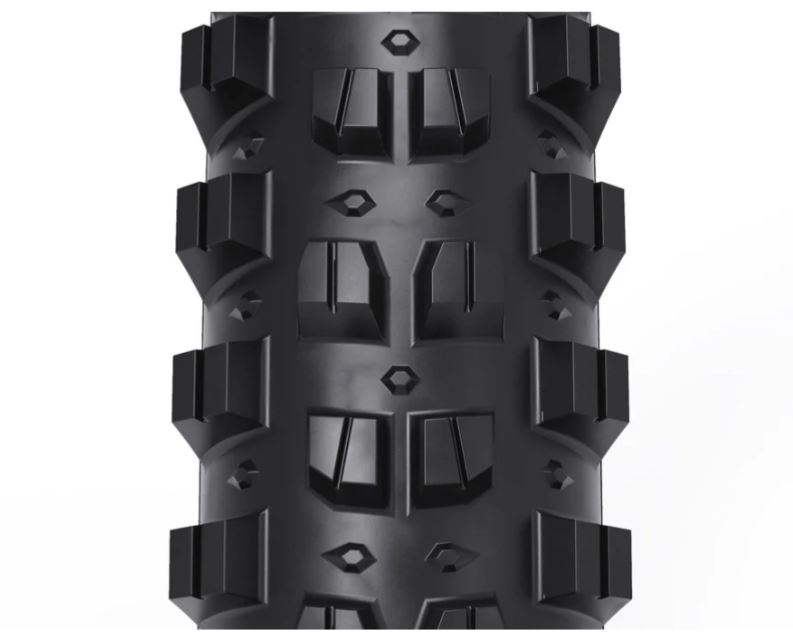
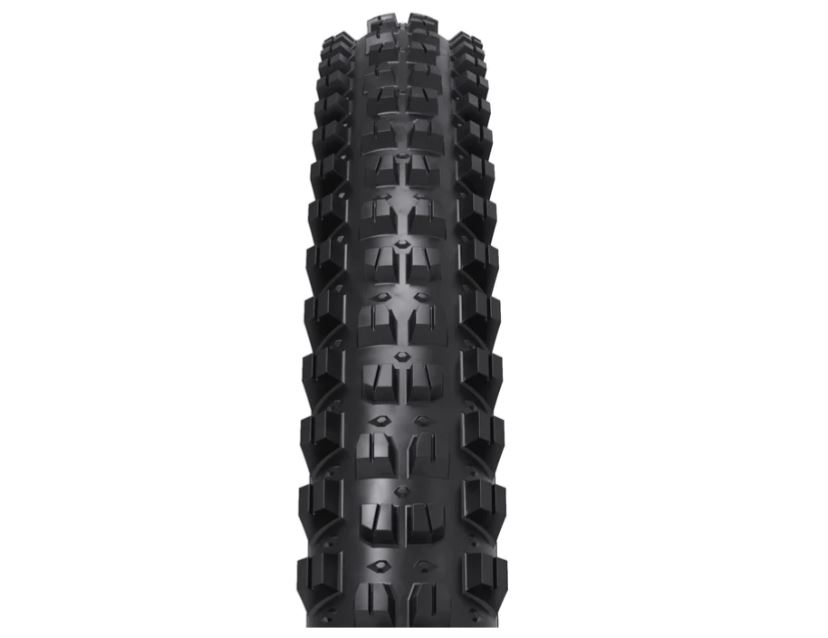
The transition from inner tubes to a tubeless setup, exemplified by the adoption of the WTB Verdict tubeless tires, showcases a clear path to enhanced performance and reliability for enduro riders. The case underscores the tangible benefits of tubeless technology, including fewer punctures, improved traction, weight savings, and better ride quality, all of which contribute to a superior enduro riding experience. This evolution in tire technology represents a significant step forward, offering riders the confidence to push their limits and explore new terrains with greater assurance and enjoyment.
FAQ
Which is better tube or tubeless tyre for bike?
Tubeless tires are generally considered better for most biking scenarios due to their reduced risk of flats, ability to run lower pressures for better traction, and overall improved ride quality.
Are tubeless dirt bike tires better?
Yes, tubeless tires are better for dirt bikes as they offer enhanced puncture resistance, lower tire pressures without the risk of pinch flats, and improved handling on varied terrains.
Do you need tubes in dirt bike tires?
Traditional dirt bike tires require tubes, but tubeless systems are becoming increasingly popular. While not all dirt bike tires are tubeless, those compatible offer significant benefits.
What is the disadvantage of tubeless tires?
The main disadvantages include the initial setup, which can be more complicated and time-consuming than traditional tires, and the need for periodic sealant top-ups to maintain puncture resistance.
Ride on
John
